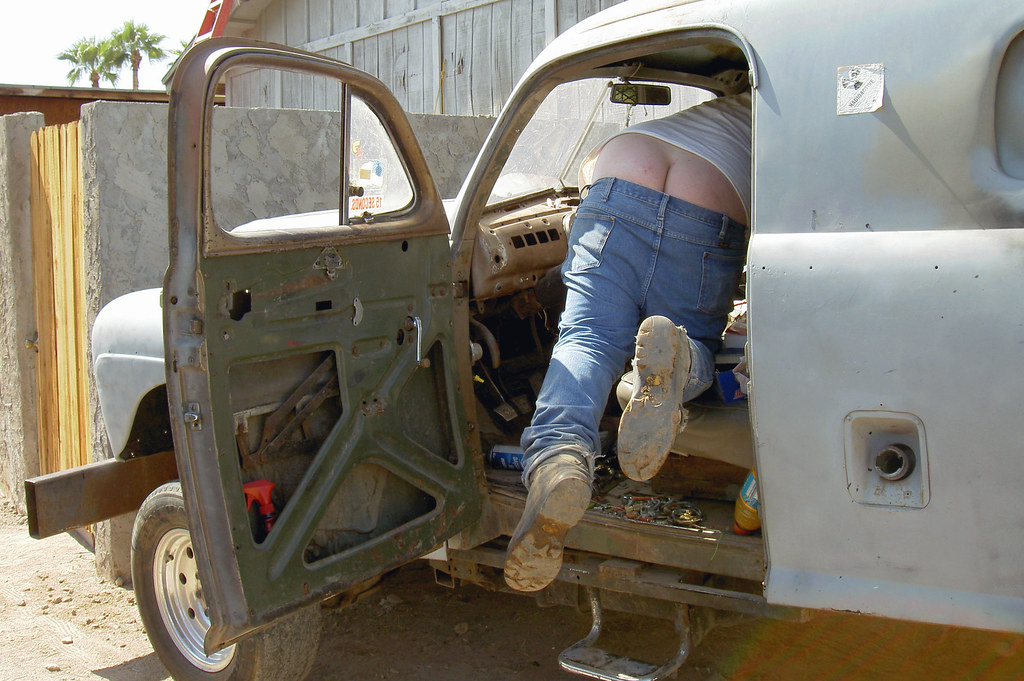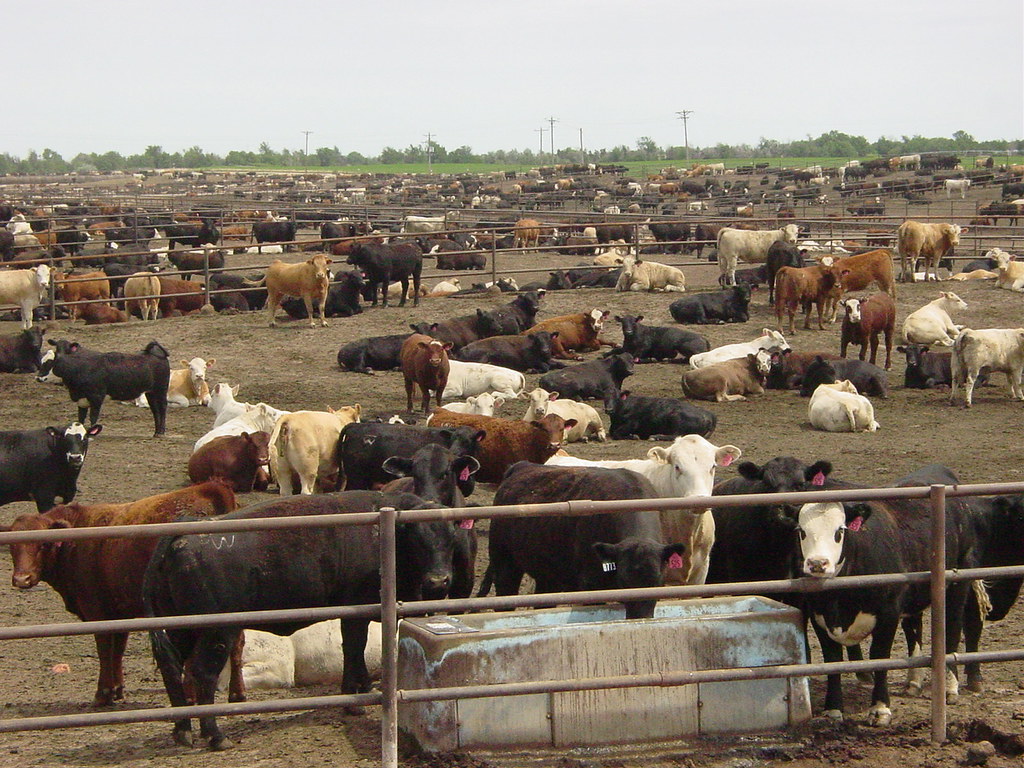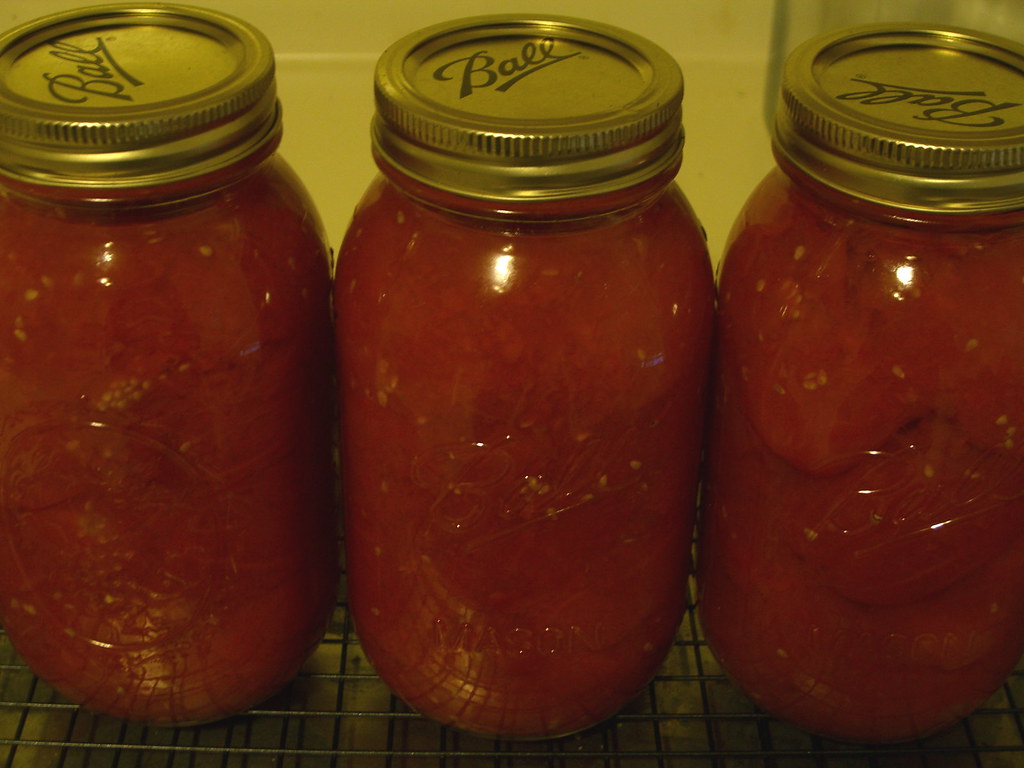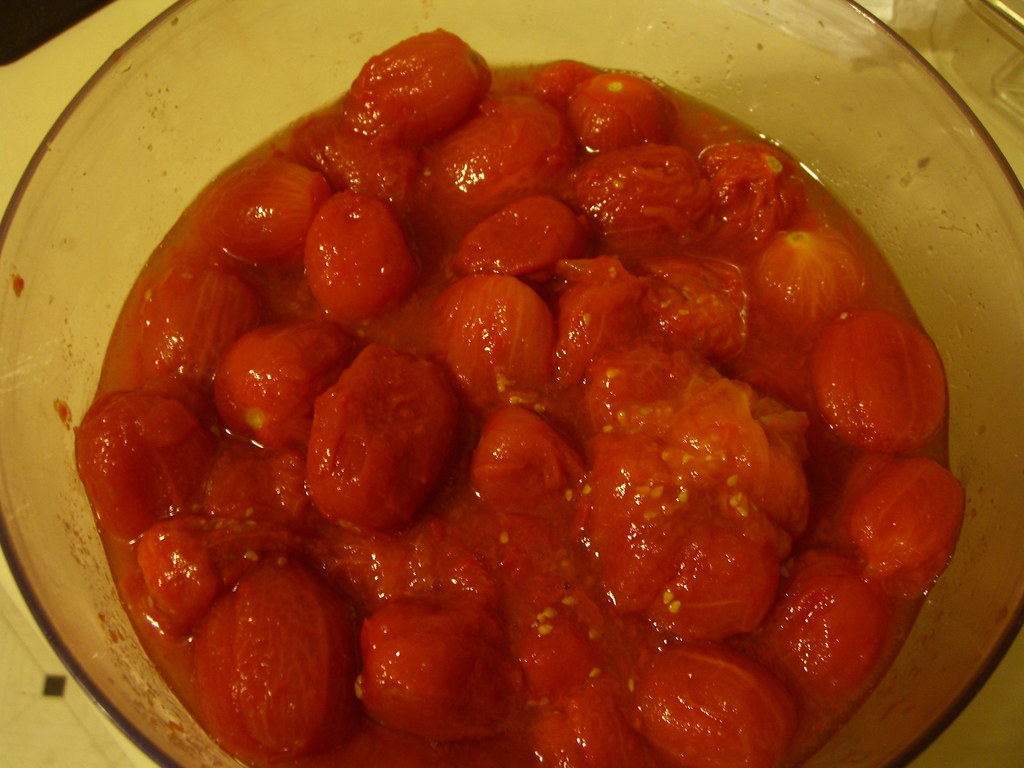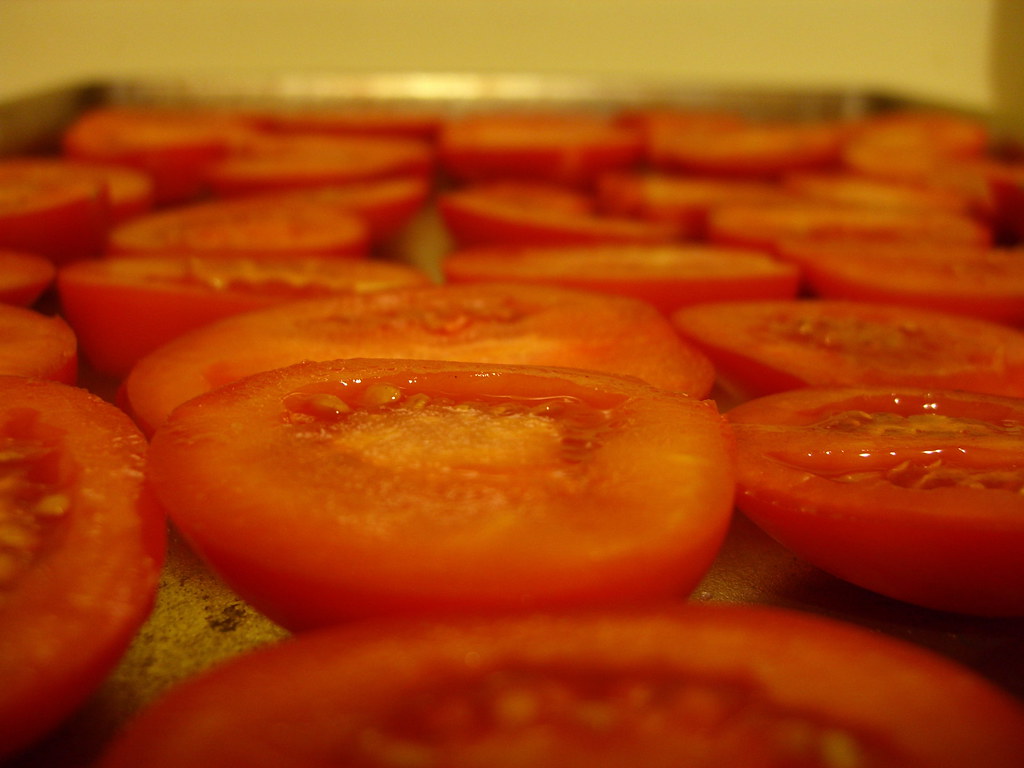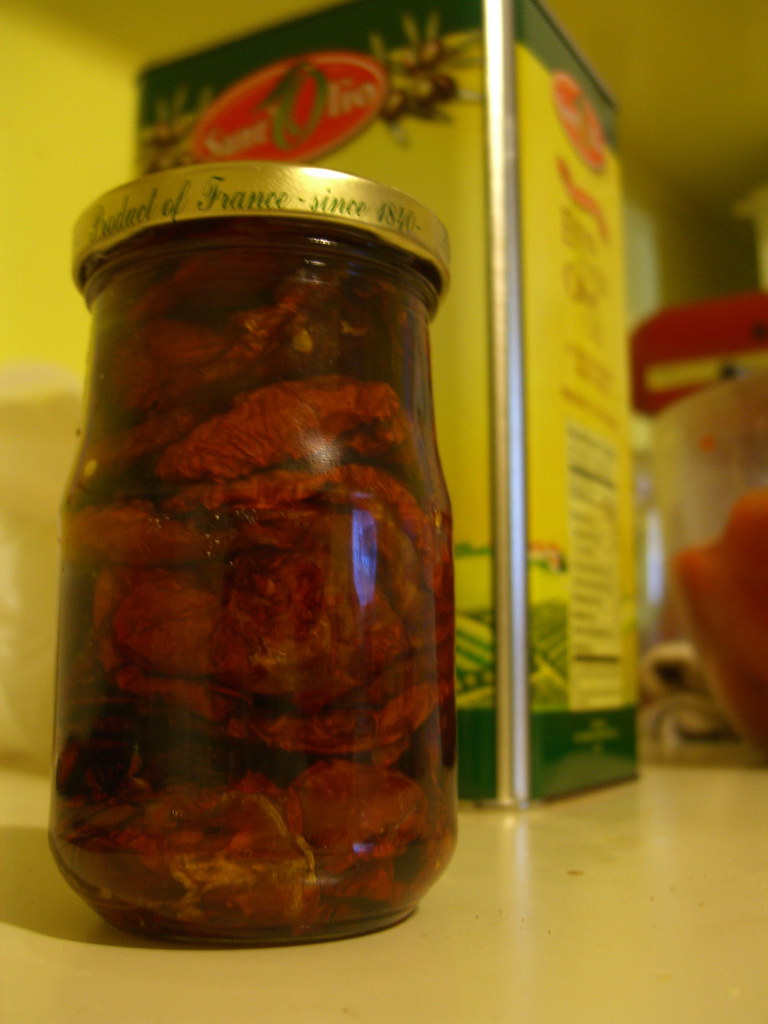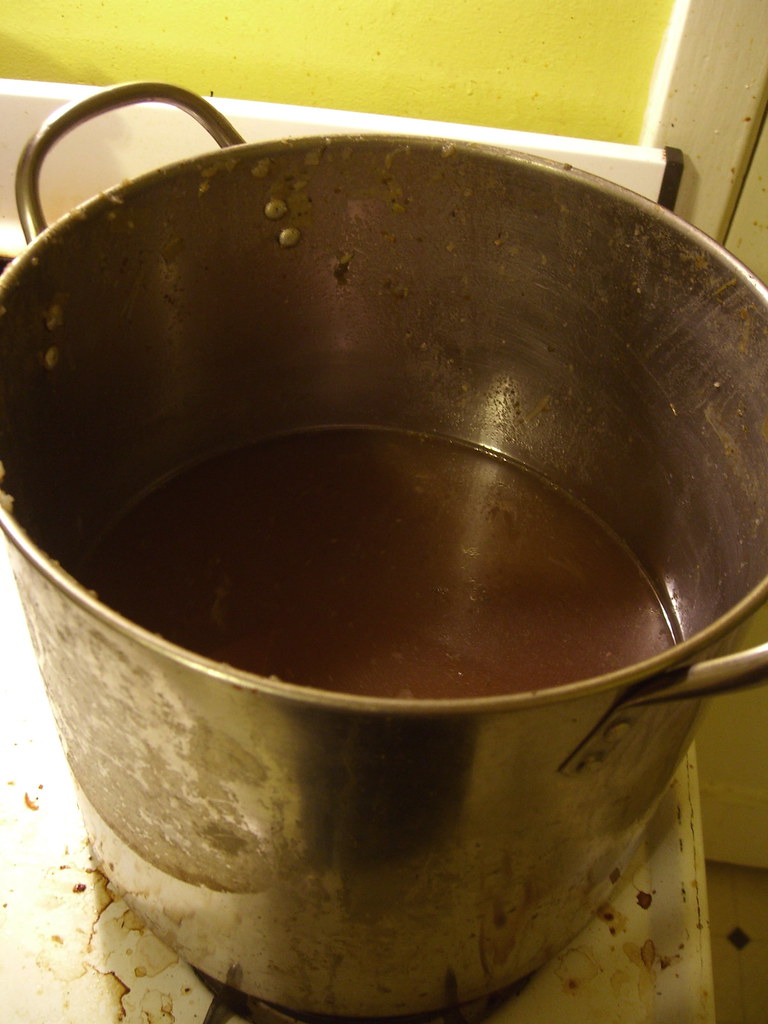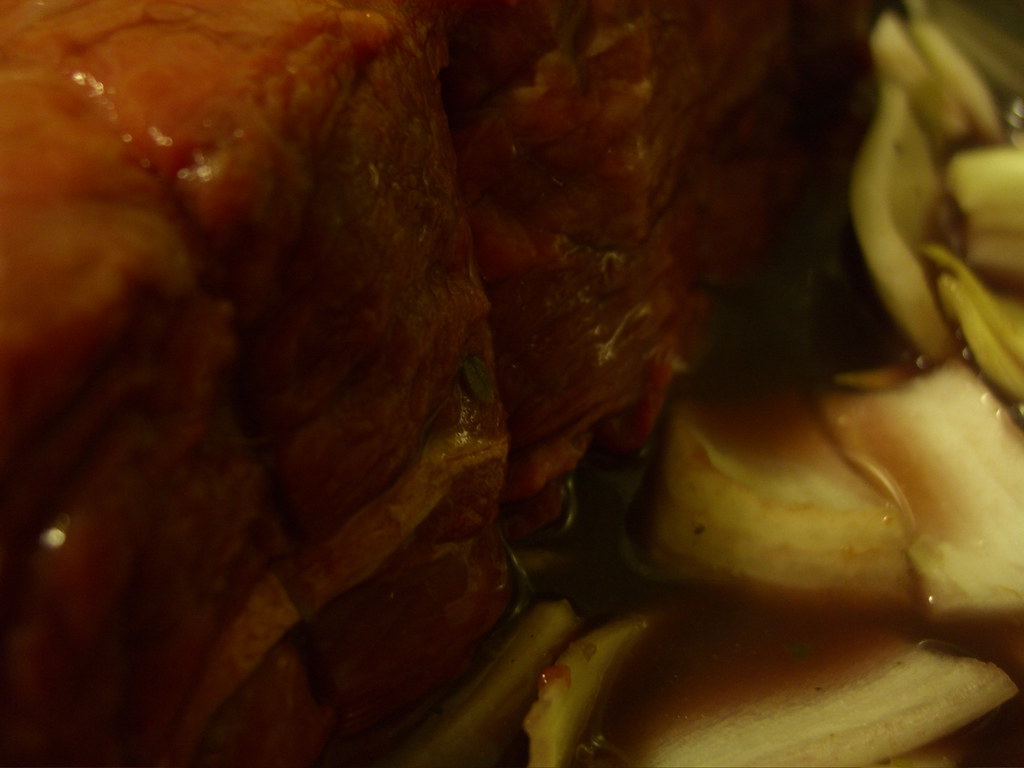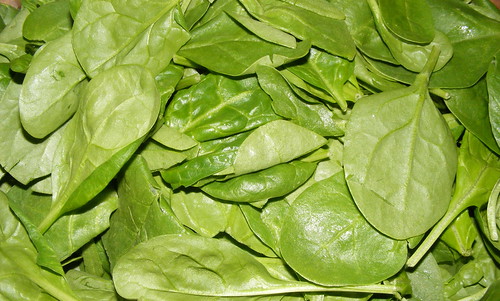
The Ethicurean recently posted an item
chastising Sen. Barbara Boxer of California for threatening to block the Farm Bill in the Senate if it were to include a provision allowing state-inspected meat to be sold across state lines. Soon, feathers were flying in the comments section and they had to
re-consider their position.
 Small packing houses like this one, in Winkelman, AZ have been dying out since the 1970's
Small packing houses like this one, in Winkelman, AZ have been dying out since the 1970's
This storm in the blogosphere teapot got me to wondering about our meat inspection system, so I turned to the most knowledgeable person I know for his perspective.
Eric is an Arizona rancher and small beef producer whom I was privileged to get to know through the
WWOOF program. Here's what he has to say about it:
To me, the whole situation is government gone amok. We've always objected to a Farm Bill in any form; even a child can see the gaping ethical holes which are the reason the bill gets written. It's a classic, maybe THE classic, example of why good intentions make bad laws. "Here-- the Federal government, as your magnanimous ruler, will now give away a huge amount of money. Undoubtedly, you small, poor farmers will benefit the most."
Undoubtedly.
Don't know if you've noticed that whenever huge amounts of money are lying around, the cost of administering same seems to increase exponentially, and also the number of administrators? (My favorite example is the World Bank, whose sole job is to make the poor, less so. Hundreds of billions of dollars later, World Bank owns vast swaths of downtown Wash.D.C., has thousands of the highest-salaried staff on Earth, all of whom frown continuously in concentration as to how best to administer to the poor. Far as I can tell the poor are just as poor as ever, but the World Bank structure sure isn't...I was witness to a lunch-hour [catered] farewell party for one of the clerical staff in the East Africa Bureau, that cost $15,000) (Probably took up an office collection.)
We don't need a Farm Bill. We need the gov't to get off the backs of the people trying to make a living. The whole issue of cross-state shipment is one of regulation of interstate commerce, not health. Guess what Boxer's up to? She's trying to keep competition out of California's meat markets -- and for good reason. Even OUR little packing house can outcompete California's producers, as long as there are enough regulations in CA (there are) to prevent them from producing efficiently. More regulation.
More to the point: why in hell do we need to ship meat across state lines? There is no place in the US, including Alaska, that can't produce meat. The Big Boys, IBP, Tyson, etc., have been working very hard since 1973 to change that. They bought up nearly every independent packing house in the Midwest; I wondered about it at the time. They want US consumers to pay whatever it takes, to ship meat wherever it needs to go, INSTEAD of just buying it from the farm down the road, and they have been pushing very hard for USDA "health" regulations that just incidentally are ruinously costly to anyone not processing a thousand head a day.
Health: the State is where the responsibility lies; not the Feds. We just went through quite a scene with the Az. Dept. of Ag., all the way through a meeting with State reps. and senators, to get Ag. to meet their own mandate. They have tended to follow the national trend: small meat processors aren't worth the State's time to inspect, and by refusing to inspect them they have tended to go out of business: problem solved!
...not quite. I personally take meat inspection VERY seriously thanks to my training (editor's note: Eric holds degrees in Range and Wildlife Science and in Veterinary Science and has many, many years of raising and caring for animals under his belt), and also believe the State is correct in assuming responsibility for public health. It turns out the budget allocation for meat inspection has been administrative. The inspectors have been more than willing to inspect the small plants, but their administrators have been trying to cut back their time so they can't.
Paul (his son), Sarah (Paul's wife) and our local state representative brought the ADA down with a crash; and for the time being, at least, small meat processors in Arizona will have the inspections they have needed. (Don't imagine that battle is over; the Big Boys' game is vast and powerful; for now we're just under the radar.)
Fresh meat is one of the commodities that should address a local market. In Arizona we can produce meat as good as any on the planet, as long as local demand justifies it -- which is done with dollars, not regulations. It makes no sense healthwise or economically, to ship meat any significant distance. There is probably a struggling meat supplier already there if you bother to look.
Having lectured you half to death, let me sum up:
1. Get rid of the Farm Bill and any scallywag in Congress that supports it. Where do you think IBP gets the money to squash independent producers?
2. Get rid of the burden of Federal health regulations. Note that it's the Fed-inspected plants poisoning thousands, not the little farm down the road.
3. Buy your meat as locally as you can; get to know the local producers and support them.
Now there's something to chew on.




